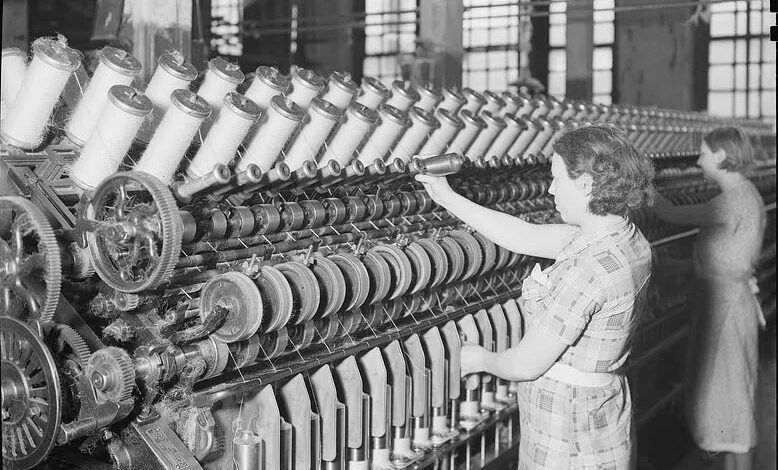
Conclusion
Women played basic but unobtrusive roles in society before the Industrial Revolution. Prevented from obtaining legal rights, political rights, formal education, and public authority, they contributed significantly to family economies as weavers, farm laborers, domestic servants, and care workers. Each of these was stringently curtailed by strong social taboos underlying male hegemony and limiting female agency. Women's work, although needed, was invisible in economic data and was socially and politically under-valued. This asymmetry not only organized women's everyday lives but also set the conditions under which women were drawn into wage work with industrialization.
As the factory replaced the cottage industry and farm labor lost its relative status, working women entered industrial employment in vast numbers, often for economic reasons. Working conditions they faced were coercive and exploitative: impossibly long hours far beyond legal limits, sub-standard wages that kept families at subsistence level, and unventilated, dangerous working conditions where long-term disease, malnutrition, and physical deterioration were the norm. The mills in which most of the women were working for textiles, coal mining, and match factories were known as industrial cruelty. The medical histories at that time and factory women's own personal narratives described the enormous physical cost of labor in the factory, with emphasis on larger systems of class and gender exploitation driving industrial growth.
Despite all these challenges, women were not just passive victims of industrial capital. Women workers resisted exploitative work conditions by going on strike, as labor union supporters, composing petitions, and even providing evidence to state organs like the British Parliament. Such early leaders as Sarah Bagley in the US, who lobbied for a ten-hour work day in the Lowell mills, and Emma Paterson in the UK, the leader of the Women's Protective and Provident League, led early labor action. Although their efforts were generally short-term gains at best and socially frowned upon, they sowed seeds for influential future reforms and helped nurture the birth of the early women's rights movement.
Not all women felt the Industrial Revolution equally. Although factory conditions burdened the female laborer, middle- and upper-class women remained relatively immune to these negative conditions. The Industrial Revolution served to confirm the ideology of "separate spheres" in place, which demanded women remain at home, holding domesticity and appropriating possession of family respectability. In reality, relative security and access for these wealthier women were usually achieved at the cost of working women, laboring in factories, mines, and as servants. These harsh class contrasts had an impact not only on women's economic circumstances but also on women's attitude towards labor rights and reform, reflecting the ways industrialization increased inequalities between women themselves.
In the long term, the Industrial Revolution greatly influenced the position of women in society. Increased participation in wage labor, increased access to education, and increased exposure to exploitation in the workplace served to energize the early feminist movements of the nineteenth century. Even as social progress inched along fits and starts, and was often contested, women's determination and activism during the period laid significant foundations for the later labor reforms, and for ongoing struggle towards gender equality. Their joint struggles are a eloquent testament to the way economic progress so many times was at human cost—and the way that women, through tenacity and collective action, fought to re-make society in more honest reflection of their work and their rights.
Return to Main Page